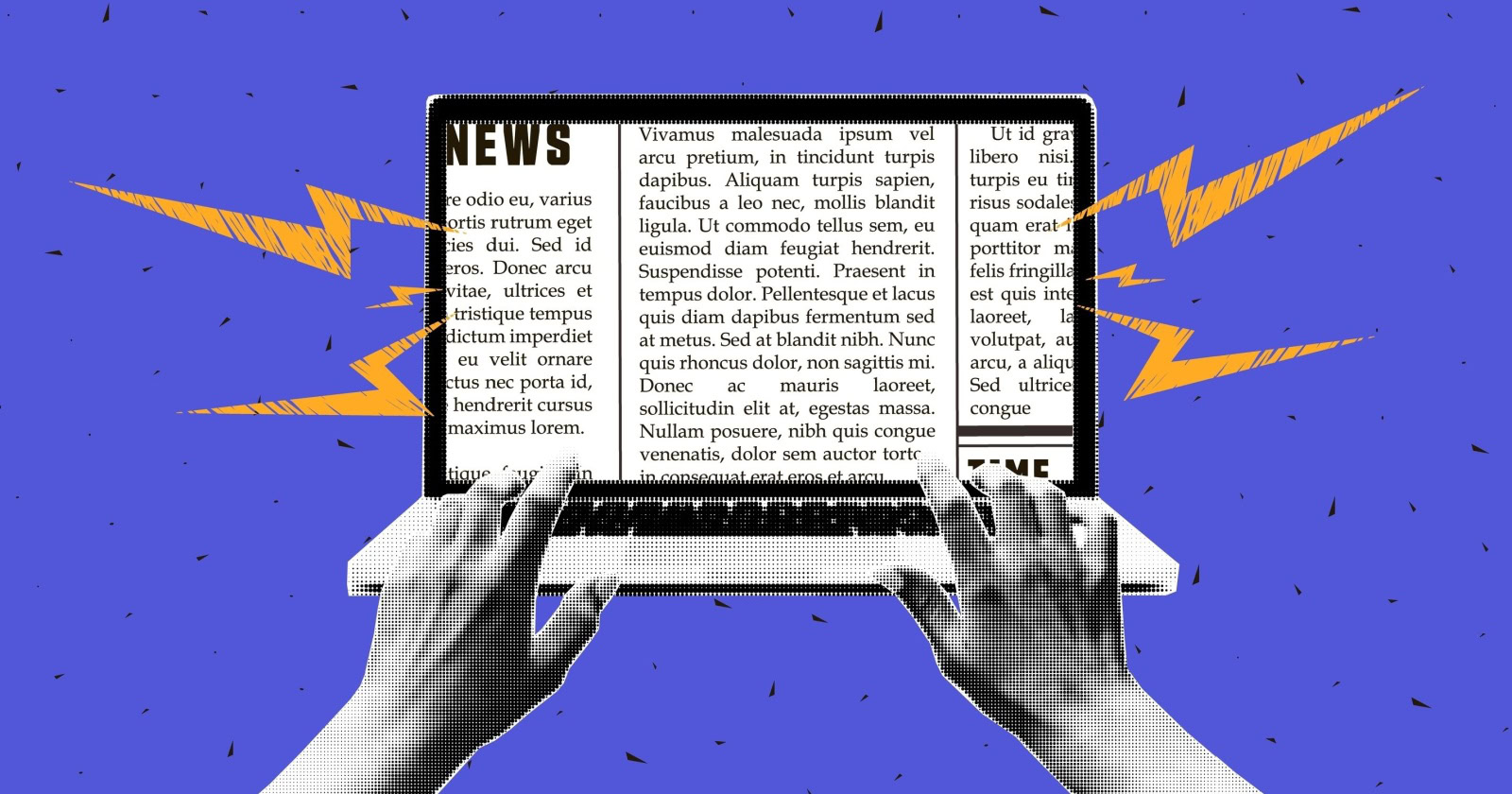PPC news this week focused on creative tool updates and the people shaping how we use them. Google Ads brought Nano Banana Pro into its creative workflow, giving advertisers sharper, more flexible options for generating images.
Microsoft Ads introduced Image Animation and new Performance Comparison features in Copilot, so turning static assets and raw numbers into something usable feels less painful. And the Top 100 PPC Influencers shortlist sparked a wave of personal posts, especially from people like Jyll Saskin Gales, about what real influence actually feels like.
Here is a closer look at what changed and how it might affect your accounts.
Nano Banana Pro Arrives In Google Ads
Google introduced Nano Banana Pro, a new image generation and editing model built on Gemini 3 Pro and now available across products like Gemini, Workspace, and Google Ads.
Compared with the earlier Nano Banana model, this version focuses on sharper reasoning, better text rendering inside images, and stronger brand consistency. It is designed to turn rough ideas into studio-quality visuals while keeping on-brand details intact.
From a Google Ads standpoint, Google Ads Liaison positioned Nano Banana Pro as a creative engine inside Asset Studio and campaign setup flows. Advertisers can create and edit high-resolution images, adjust details like lighting and camera angles, and even showcase multiple products in a single scene for formats like Performance Max and Demand Gen.
Per Ginny Marvin’s post, advertisers can expect:
- Better brand alignment.
- More creative control.
- Higher-quality output and multi-product showcasing.
- Easier iteration and testing.
The big promise is speed with control. You can work in a conversational way with assets rather than rewriting prompts every time you want a version with a new background or seasonal setting.
Why Advertisers Should Pay Attention
Most teams feel constant creative pressure to keep up with the volume and scale of testing. For visual-focused campaigns like Performance Max, Shopping, and Demand Gen, those campaigns need a steady stream of fresh assets. As a result, many brands struggle to keep up without sacrificing quality.
Nano Banana Pro aims to ease that bottleneck. If it does what Google claims, it should help you:
- Scale image production while staying closer to your brand guidelines.
- Produce on-brand “sets” of images for seasonal pushes or product bundles.
- Improve text inside images for promos, headlines, and localized creative.
There are tradeoffs to keep in mind. You still need clear brand rules, review steps, and legal guardrails. Watermarked AI visuals do not replace proper approvals, especially in regulated categories.
If you want to test Nano Banana Pro in Google Ads, start with a structured plan: pick a few PMax or Demand Gen campaigns, create AI-only asset groups, and compare performance to your current best creatives. Treat it as a creative accelerator, not a replacement for your existing brand work.
Microsoft Announces Image Animation And Performance Comparison
In the same week, Microsoft announced its own updates to image creative: Image Animation.
Image Animation lets you turn static images into short videos using templates in Ads Studio. The feature is in global pilot, with the exception of mainland China, and is meant to extend the life of existing image assets across video inventory on the Microsoft network.
Microsoft also announced a new feature called Performance Comparison. Per the Microsoft Liaison’s LinkedIn post, the feature is meant to allow you to “have meaningful conversations with your data.”
For example, you can now ask Copilot to compare periods, A/B tests, campaigns, or top keywords and get a narrative summary plus charts, instead of building everything manually in spreadsheets.
Finally, Microsoft highlighted new API-powered generation features. Background images, display ads, videos, and brand kits can all be created at scale through Copilot in the Campaign Management API. That piece is aimed squarely at high-volume advertisers and agencies who rely on automation to keep assets fresh.
Why Advertisers Should Pay Attention
If your team has wanted more video but never had the time or budget, Image Animation is worth a look. Converting top static assets into simple motion can help improve engagement without a full production effort.
The risk is lazy creative. Video built on weak images will not magically perform. Use this feature on proven winners first, then expand.
Performance Comparison is the more quietly powerful update. Many PPC managers still spend a lot of time exporting data, slicing it, and trying to tell a story in slides. Letting Copilot handle first-draft comparisons can save hours and surface trends you might miss.
You still need to validate your data and sense-check the narrative. Automation can speed up analysis, but it cannot know your client’s politics, internal benchmarks, or the context behind a bad week.
For larger accounts, the API updates could be significant. Teams with many markets, feeds, or brands can generate creative variations programmatically and keep evergreen campaigns from going stale. This is one of those features that rewards advertisers who have clean feeds, strong brand kits, and consistent naming structures already in place.
Top 100 PPC Influencers Shortlist Sparks Conversation
At the beginning of the week, PPC Survey launched its shortlist of the Top 100 PPC Influencers of 2025. The list serves as an alphabetical pool for the final Top 50 ranking, which is decided partly through votes in the State of PPC survey and other ranking factors.
To make the shortlist, most experts need at least 2,500 LinkedIn followers, though PPCsurvey notes that some exceptions are made for influence through speaking, content, or podcasts. Industry reporters and ad platform employees are excluded from the ranking itself, even though the organizers encourage people to follow them.
Voting is open until late December, and many shortlisted experts shared their nominations with gratitude, humor, or a bit of imposter syndrome.
In my opinion, one post stood out in particular amongst the noise of the announcements. In Jyll Saskin Gales’ LinkedIn post, she shared honest, mixed feelings about lists like this and how she defined influence.
She explained that the external recognition came first: speaking invites, writing opportunities, brand deals. The feeling of real influence came later, when people started sharing very personal outcomes tied to her work. Job offers they landed because of her content. Careers they felt more secure in. Emotional moments when readers met her in person and talked about how her book or resources changed their approach to Google Ads.
Jyll also used the post to talk about responsibility. She encouraged people to look at their voting choices and ask whether they are supporting diverse voices and asked readers to consider their own influence.
Why Advertisers Should Pay Attention
On the surface, a “Top 100” list can feel like industry inside baseball. But lists like this shape who teams follow, whose frameworks get repeated in decks, and which case studies clients see.
If your feed is filled with posts about this shortlist, it is a good moment to audit your inputs. Ask yourself:
- Do I follow people who work on similar problems as me, or only the most visible names?
- Do the voices in my feed reflect different markets, backgrounds, and company sizes?
- Am I sharing ideas from a small circle, or highlighting newer experts who have helped my work?
You do not need a badge to be influential. If you teach a junior teammate, write a clear client email, or share a thread that helps someone understand a platform change, you are shaping how PPC is practiced in your circles.
The list is simply a guide or another tool to find useful PPC information. Use it to discover new people, yes, but also to reflect on how you wield your own influence.
This Week In PPC: Creativity And Influence
On one side, Google and Microsoft are racing to make creative and analysis more automated. Nano Banana Pro promises faster, more on-brand visuals inside campaign workflows. Microsoft’s new features aim to turn static images into video and compress reporting time into simple chat prompts.
On the other side, the Top 100 shortlist and posts like Jyll’s remind us that tools do not drive strategy. People do. The frameworks you share, the way you explain changes to stakeholders, and the care you show in your content have a long tail that no platform roadmap can replicate.
As you test new creative models and Copilot features, it may help to ask a simple question: Are you giving as much attention to the influence you have on others as you give to the tools you use every day?
Top Stories Of The Week:
- Google Sharpens Suspension Accuracy and Speeds Up Appeals for Advertisers
- Meta Projected $16B From Scam Ads, Internal Docs Show
- Google Performance Max Adds Waze Ads And Channel Reporting
More Resources:
- Should Advertisers Be Worried About AI In PPC?
- Don’t Overlook Mid-Funnel Prospects: AI PPC Strategies For Business Growth
- PPC Trends 2026
Featured Image: eodora ART/Shutterstock


